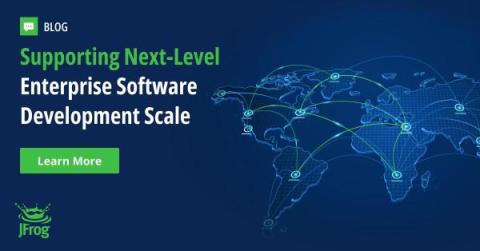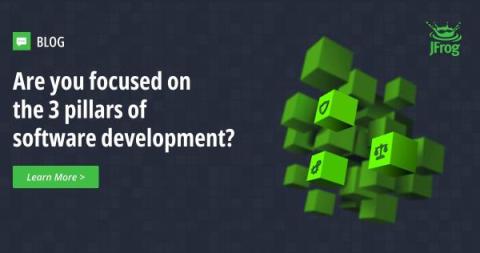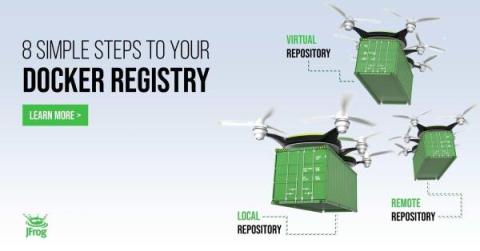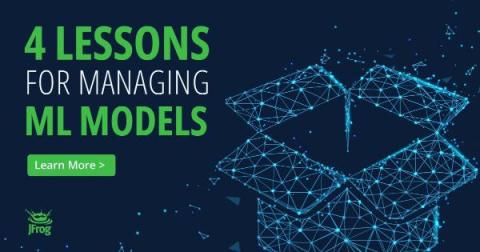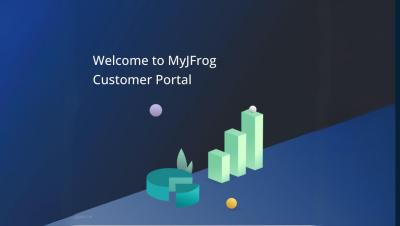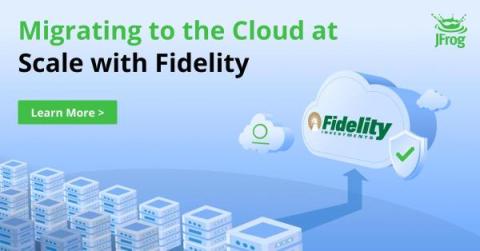Supporting Next-Level Enterprise Scale in Software Development
What it means to be “enterprise grade” has changed. In software development, the size of new artifacts and the pace of development has increased dramatically. Developers are now releasing new components daily, if not multiple times a day. With containerization, and now AI/ML models, new pieces of software can be multiple GBs or larger.


